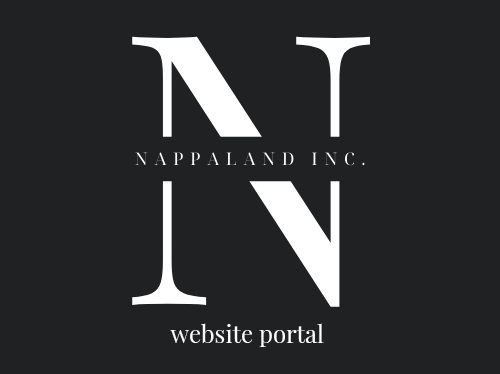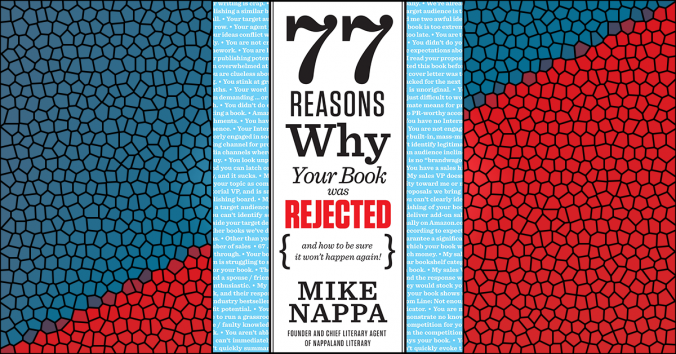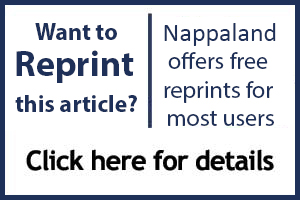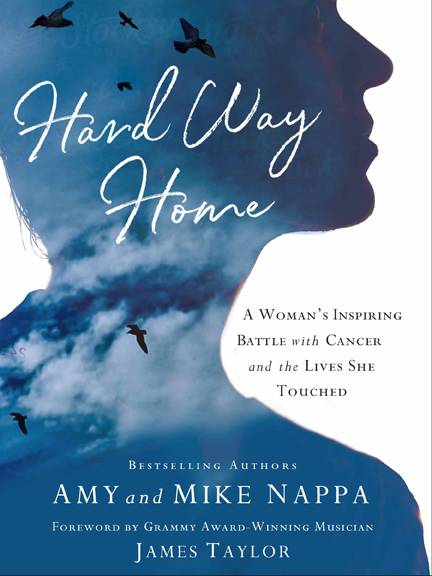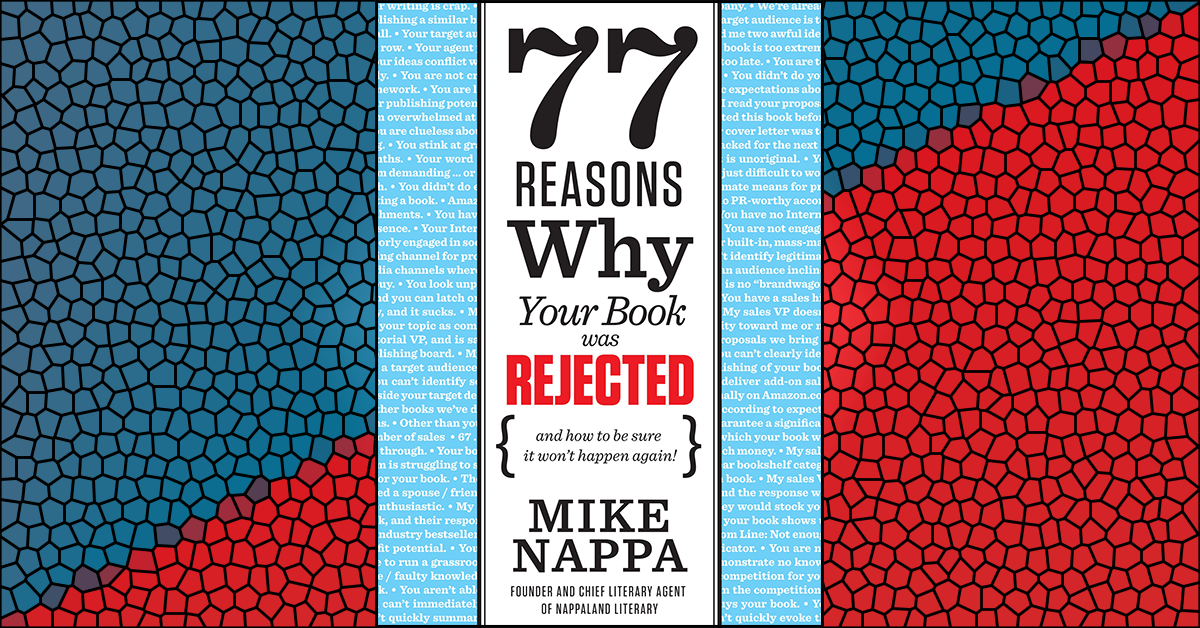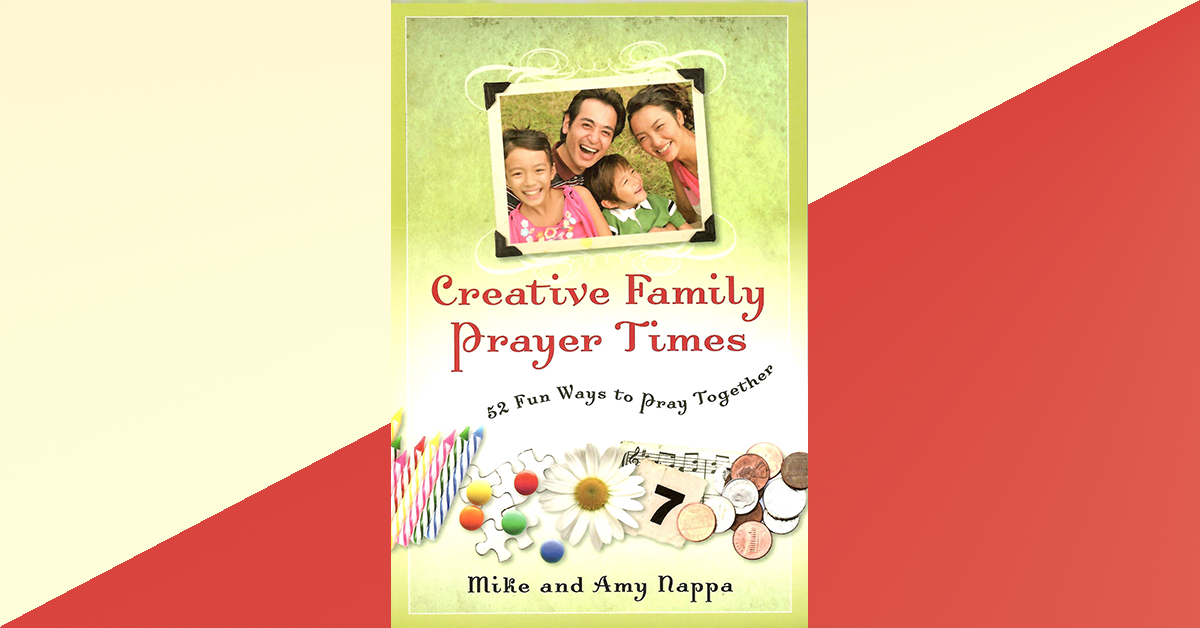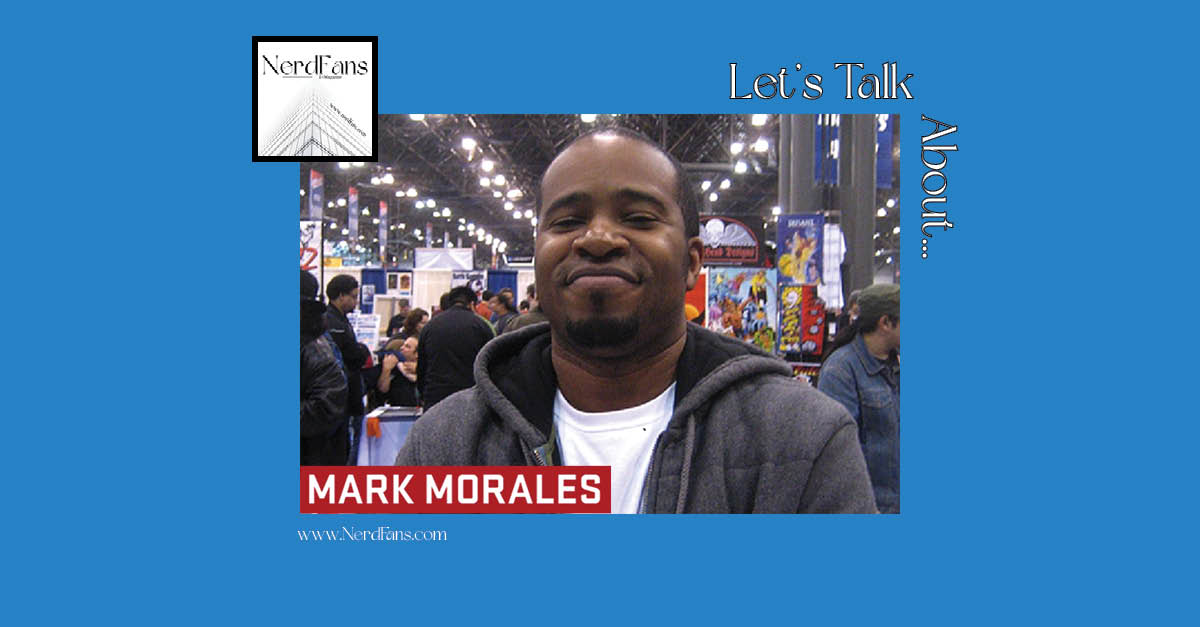A Marketing Team reason for rejection
This reason for rejection is so mean.
After all, what difference should your appearance make when we’re deciding whether or not to publish a book? It’s the inside that counts, not the cover, right?
Well, in a moral, human-centered way, of course that’s right. But in a retail marketplace that really does judge a book by its cover, the way you look impacts your ability to be a public spokesperson for your book. And that matters to a Marketing VP.
On the bright side, at least you’re not gunning for a career in pop music. It’s practically impossible to be unpretty and be a successful music artist—especially if you’re a woman. It’s not quite as extreme in the authorial world. You don’t necessarily have to own a model-worthy appearance (well, unless you’re writing diet/fitness books). But you do have to look clean, capable, and professional.
Remember, a Marketing VP is always thinking about what will happen when your book is released. Will you come off well if her team gets you a TV interview? If you make a public appearance at Costco to do a book signing? If a magazine or newspaper interviews you and wants your picture to sit alongside their text?
In a book proposal, the most obvious way to present yourself as media-ready is with a professional, attractive press photo. Listen to the way PR expert, Jacqueline Deval, explains it:
For unknown authors, an interesting or unconventional author photo can help create a media profile, as newspapers and magazines are more likely to reproduce the image adjacent to a review or interview. Susan Minot’s debut novel was promoted alongside her striking author photo. Sebastian Junger’s first book, The Perfect Storm, was released along with images of the handsome author hoisting logs, presumably shot during his stint as a climber for a tree company. Dennis Lehane’s publisher had him photographed to capture a moody noir image just like the atmosphere of his novels. Publisher’s view the image of the author as a vital part of the marketing campaign, particularly for novels and memoirs.
The sad truth of 21st century America is that image equals promotability in media. You can rail against it, or you can try to use it to your advantage.
What You Can Do About It
1. Cultivate a professional appearance.
If you send in a proposal without a press photo, or with a picture of you that obviously looks homemade, or that makes you look sloppy or unattractive or (worst of all) unprofessional, that’s going to affect the perception of you by the marketing team. Again, that’s not really fair, but that’s the way things work.
So take care to cultivate a professional appearance in anything you send me. Notice I said “professional,” not necessarily “beautiful.” Of course, it doesn’t hurt if you happen to be smokin’ hot, but beauty isn’t really the requirement here. What’s required is that you look professional, like you belong on a TV panel of experts and authors; like you are comfortable with millions of people looking at you, judging your appearance.
If this is an area that doesn’t come naturally for you, by all means get help. Enlist a local photographer or media-savvy friend to take a set of PR photos of you. Then pick the absolute best one and plaster it all over your book proposal, your website, and any other public place that requires your personal image.
2. Don’t hate the player, hate the game.
On the surface, it’s tempting to view the practice of using image as a factor in publishing with contempt, and to disdain all Marketing VPs who hold that as a value in the publishing decision. You must remember, however, that Marketing VPs are most often responding to a discriminating public’s societal demands.
You know why image matters to marketing folks? Because it influences whether or not everyday readers like you and me demonstrate interest in the books they publish. If enough of us out here in the real world decided that only authors who didn’t shower were most attractive and newsworthy, then that’s what a Marketing VP would demand.
But that’s not the way it is, so you might as well make the best of a bad situation. When you hit the big time, you can use your star power to change this unrealistic expectation of authors.
3. Don’t go the “glamour” route.
One big caution here: In recent years it’s been popular for women to get “glamour” photos made. These are typically photo sessions where women get all dolled up with fancy makeup and flouncy clothes and assume model-like poses for a set of pretty pictures.
These little indulgences are fine for personal use—to share with a spouse, or friends and family. But they are NOT professional in the slightest, and they simply don’t belong anywhere in your proposal package. In fact, if you use a “glamour” photo as your press picture in your book proposal, chances are very good that I and my colleagues will laugh out loud while we reject your book unread. We’re looking for people with a professional appearance…and this is not it.
Looking for more? Check out these links:
